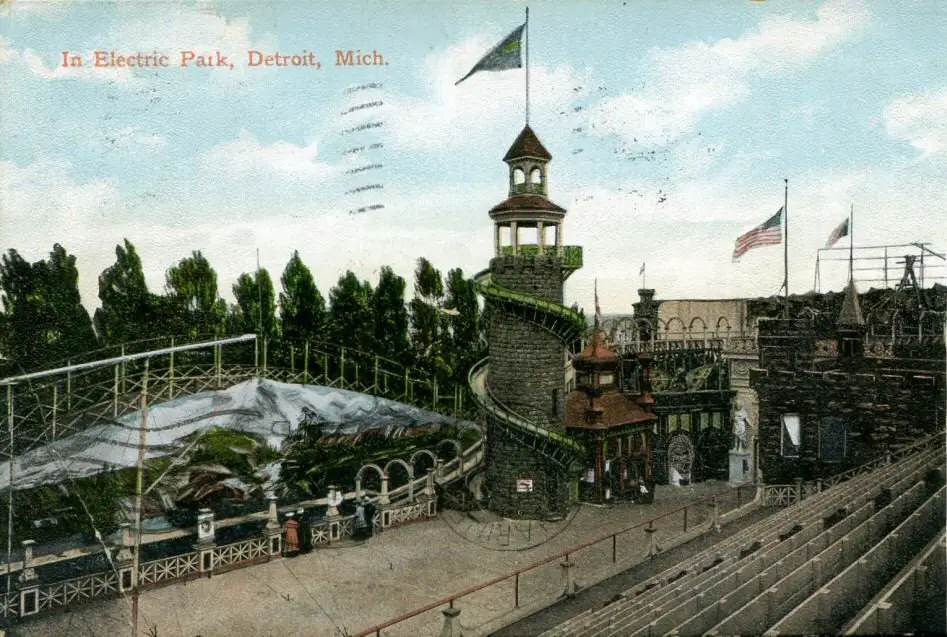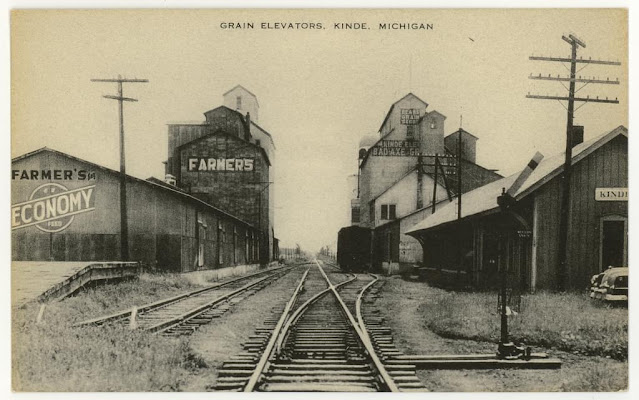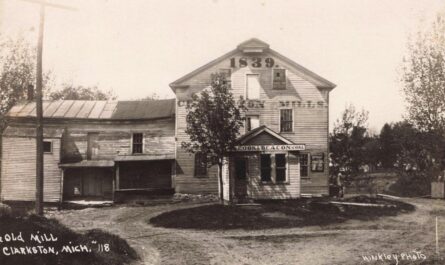Michigan has a rich history of amusement parks that have entertained generations of families. From the early 20th century to the present day, these parks have offered thrilling rides, scenic views, and unforgettable memories. This article takes you on a journey through some of the most notable of Michigan’s historic amusement parks highlighting their unique attractions and historical significance.
Table of Contents
Edgewater Park (Detroit, 1927 – 1981)
Edgewater Park, located in Detroit, was a beloved destination for locals and visitors alike. Opening in 1927, the park featured classic amusement rides such as roller coasters, Ferris wheels, and a funhouse. It also boasts a large swimming pool and picnic areas, making it a popular spot for family outings. Edgewater Park was known for its lively atmosphere and special events, including concerts and fireworks displays. Despite its popularity, the park closed in 1981 due to competition from modern parks and declining attendance.
Boblo Island Amusement Park (Detroit, 1898 – 1993)
Boblo Island Amusement Park operated on Bois Blanc Island, accessible by steamboat from Detroit. Opening in 1898, the park offered a variety of rides, including a wooden roller coaster and a dance hall with live music. Boblo Island’s charm lay in its unique location and the scenic boat ride to the park, which was an attraction in itself. The park was a favorite summer destination for many Michiganders until it closed in 1993. Today, Boblo Island’s history is remembered fondly by those who experienced its magic.
Michigan’s Adventure (Muskegon, 1956 – Present)
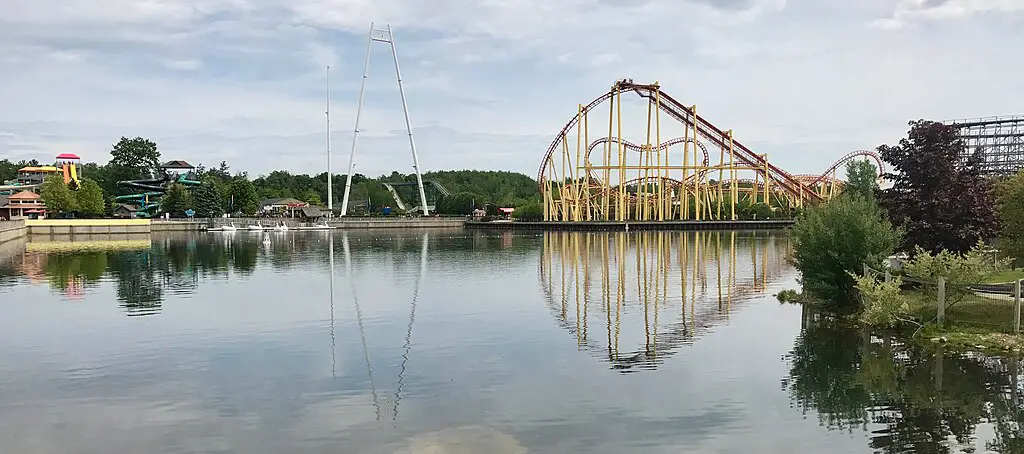
Michigan’s Adventure in Muskegon is the state’s largest amusement park, operating since 1956. The park offers a wide range of attractions, including the renowned Shivering Timbers roller coaster, one of the longest wooden coasters in the world. In addition to its thrilling rides, Michigan’s Adventure features a water park with slides and wave pools, providing fun for the entire family. The park has continually expanded and updated its attractions, ensuring a modern and exciting experience for visitors. It remains a premier destination for amusement park enthusiasts in Michigan.
Lake Lansing Park South (Haslett, 1910 – 1974)
Lake Lansing Park South in Haslett, Michigan, operated as an amusement park from 1910 to 1974. It was a popular destination offering various attractions like a wooden roller coaster, merry-go-round, dance pavilion, and picnic areas. The park also provided recreational activities such as swimming, boating, and fishing, making it a favorite spot for family outings and community events. Over time, the park faced competition from larger amusement parks and shifting recreational preferences, leading to its closure in 1974.
Walled Lake Amusement Park (Walled Lake, 1929 – 1968)
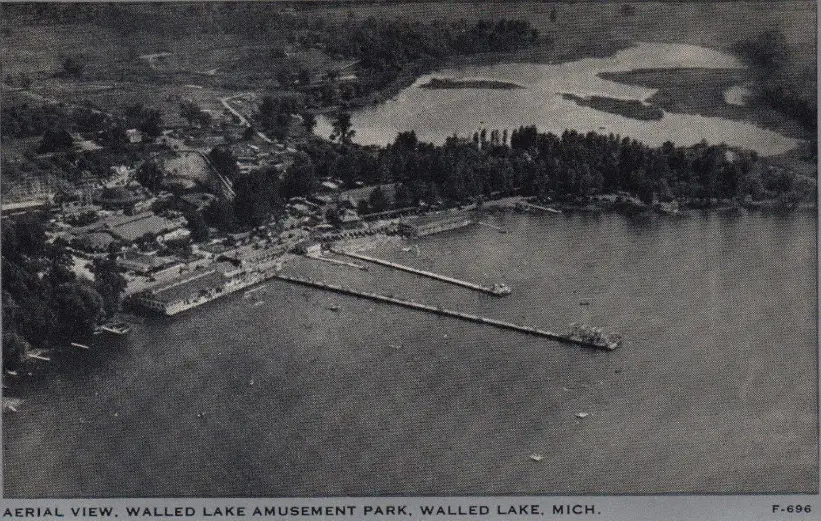
Walled Lake Amusement Park, situated on the shores of Walled Lake, operated from 1929 to 1968. The park offered a variety of rides, including a roller coaster and a Ferris wheel, as well as a large dance pavilion that hosted live music and events. Walled Lake Amusement Park was a popular summer destination, attracting visitors with its waterfront location and lively atmosphere. The park also featured boat rentals and swimming areas, adding to its appeal.
Entertainment and Events
In addition to rides, the park hosted various events, including fireworks displays, concerts, and dance marathons. The dance pavilion, in particular, became a hub for social activities, featuring performances by renowned musicians like Glenn Miller and Tommy Dorsey. These events made the park a cultural hotspot during its peak years.
Despite its closure in 1968, Walled Lake Amusement Park remains a fond memory amoung Michigan’s Historic Amusement Parks.
Oakwood Park (Kalamazoo, 1907 – 1925)
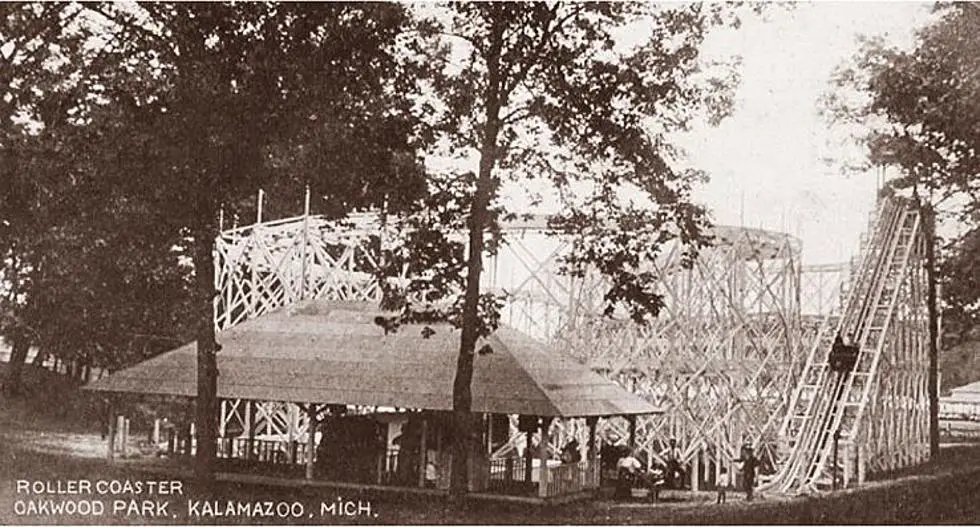
Oakwood Amusement Park, initially opened in 1893 as Wood’s Lake Park, later became known as Oakwood Park. Located in Kalamazoo, Michigan, it featured various attractions including a dance hall, roller coaster, and bandstand. The park saw its peak attendance between 1911 and 1915, drawing thousands of visitors for concerts and summer activities. However, after World War I, interest waned, and the park closed in 1925 following a fatal balloon exhibition accident. Today, remnants of Oakwood Park can still be found, preserving its historical significance.
For more details, visit the Kalamazoo Public Library page on Oakwood Amusement Park.
Deer Forest Fun Park (Coloma, 1949 – 2018)
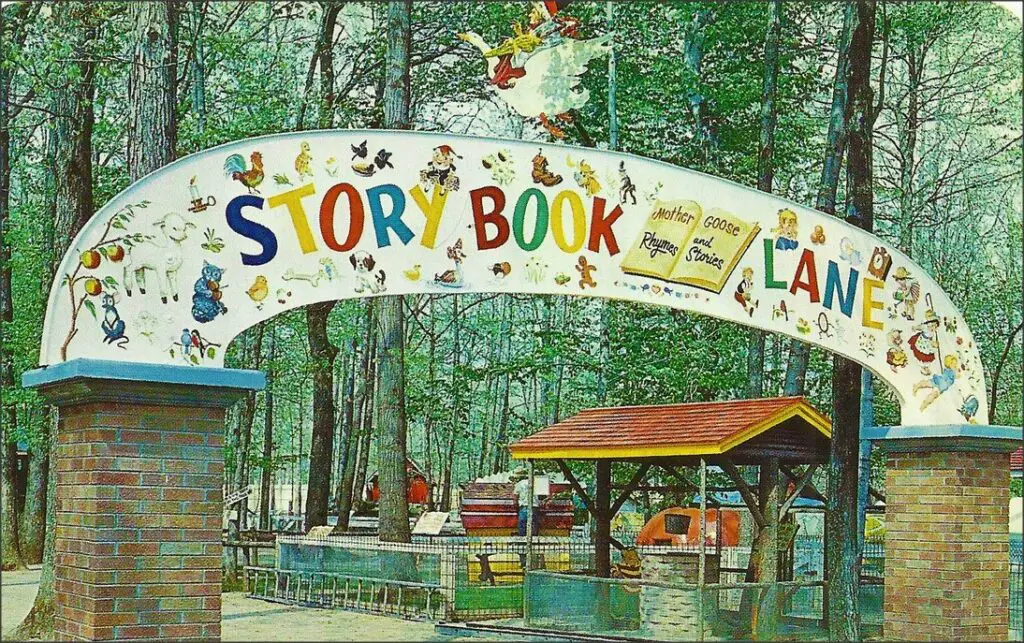
Deer Forest Fun Park in Coloma combined a petting zoo with amusement rides, offering a unique family experience. Opening in 1949, the park allowed visitors to interact with deer and other animals while enjoying rides and attractions. Deer Forest Fun Park also featured a miniature train and various games, making it a fun and educational destination for children. The park operated for nearly 70 years before closing in 2018. It remains a cherished memory for many families who visited over the decades.
Tashmoo Park (Harsens Island, 1897 – 1951)
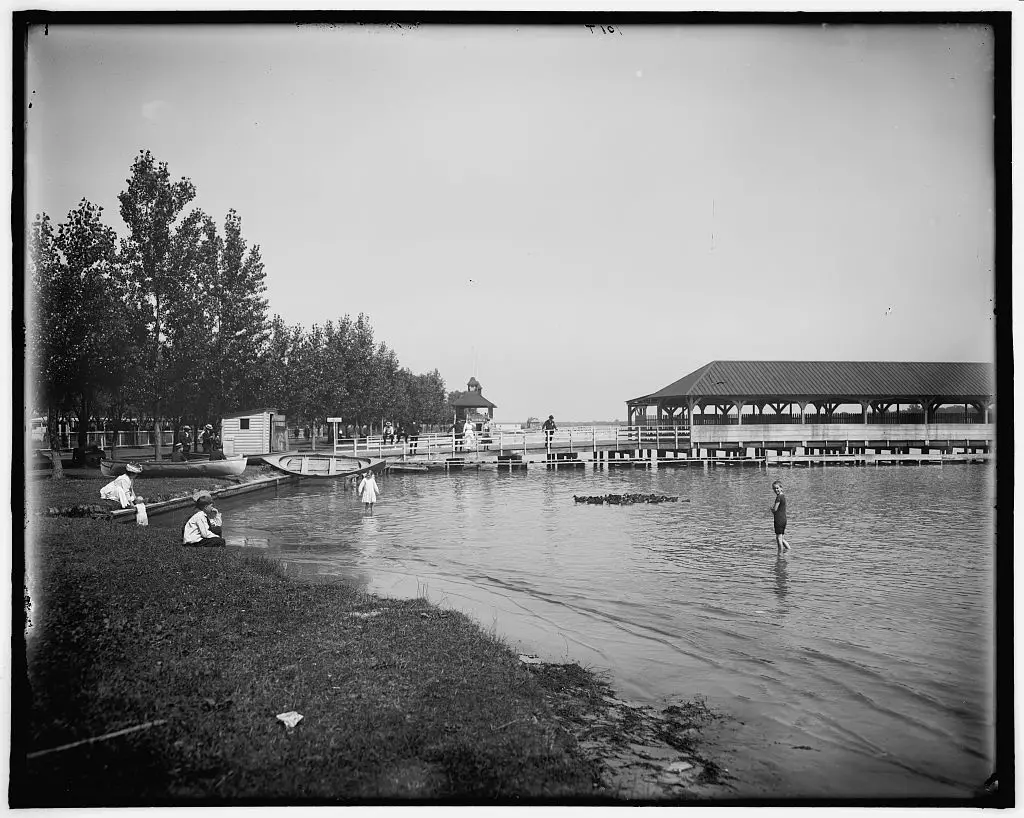
Tashmoo Park, known as the “Venice of the Midwest,” was located on Harsens Island in the St. Clair River Delta. Accessible by steamer, the park offered a variety of rides, including a farris wheel and a merry-go-round. Tashmoo Park also featured picnic areas, a dance pavilion, and beautiful botanical gardens. The park played a significant role in local tourism and community life until it closed in 1947. Its scenic setting and unique attractions continue to be celebrated in Michigan’s history.
Jefferson Beach Amusement Park (St. Clair Shores, 1927 – 1959)
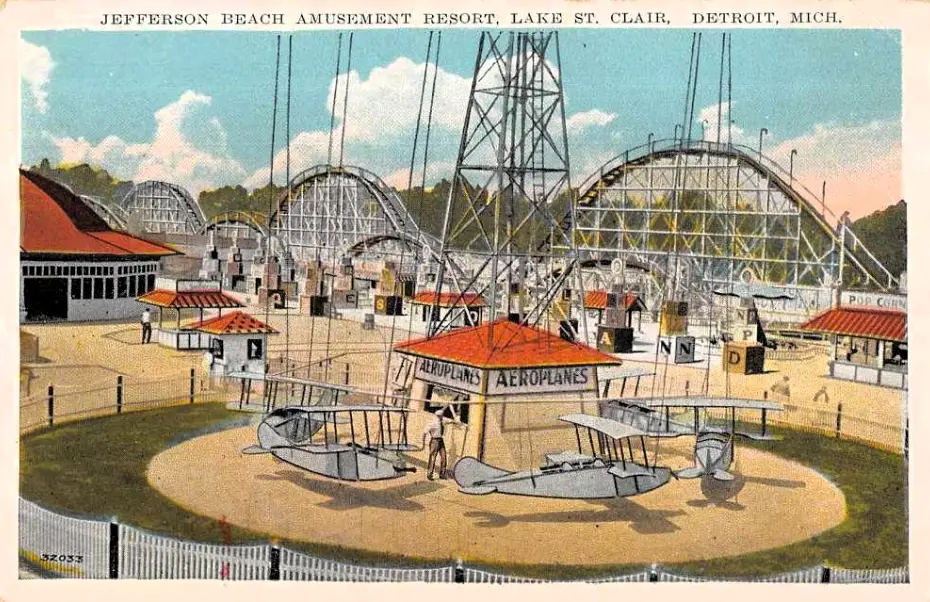
Jefferson Beach Amusement Park in St. Clair Shores operated from 1927 to 1959. The park offered beachfront amusement with rides such as a roller coaster, a Ferris wheel, and a carousel. It also featured a large swimming pool and picnic areas, making it a popular summer destination. Jefferson Beach Amusement Park hosted various events, including concerts and fireworks, adding to its lively atmosphere. A fire in 1959 led to the park’s closure, but its legacy remains in the memories of those who visited.
Electric Park (Detroit, Early 1900s)
![House That Jack Built. [Fun House At Electric (Amusement) Park, Detroit, Mich.]](https://michigan4you.com/wp-content/uploads/2024/05/Electric-Park-House-that-Jack-Built.jpg)
Electric Park in Detroit was an early 20th-century amusement park known for its electric lights and innovative attractions. The park featured rides, games, and live entertainment, drawing large crowds from the city and surrounding areas. Electric Park was one of the first amusement parks to use electric lighting, creating a vibrant and festive atmosphere. Although it operated for a relatively short period, the park played a significant role in Detroit’s recreational history.
Riverland Amusement Park (Sterling Heights, 1935 – 2004)
Riverland Amusement Park in Sterling Heights provided family-friendly entertainment from 1935 to 2004. The park featured a range of rides, including a miniature golf course, batting cages, and go-karts. It was a popular spot for birthday parties, school trips, and family outings. Riverland Amusement Park also hosted special events and seasonal activities. The park was closed to make way for a senior living center, which was never built.
Final Thoughts About Michigan’s Historic Amusement Parks
Michigan’s amusement parks have played a significant role in the state’s recreational history, offering fun and excitement to generations of visitors. From the early days of Detroit’s Electic Park to the modern thrills of Michigan’s Adventure, these parks have provided unique experiences and lasting memories. While many of these parks have closed, their legacy continues to be celebrated by those who enjoyed their attractions and atmosphere. Exploring the history of these parks gives us a glimpse into the past and reminds us of the joy and community spirit they brought to Michigan.
